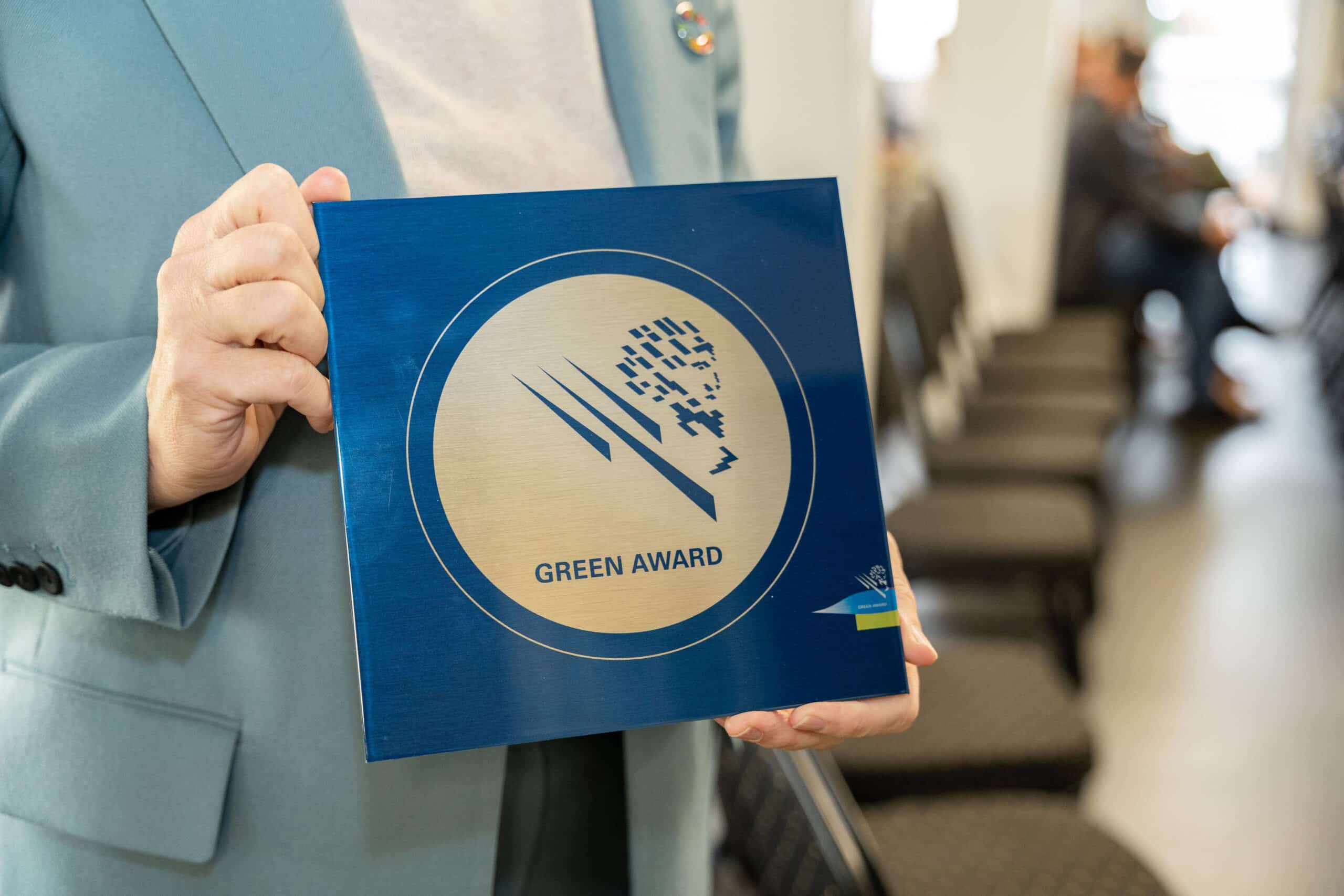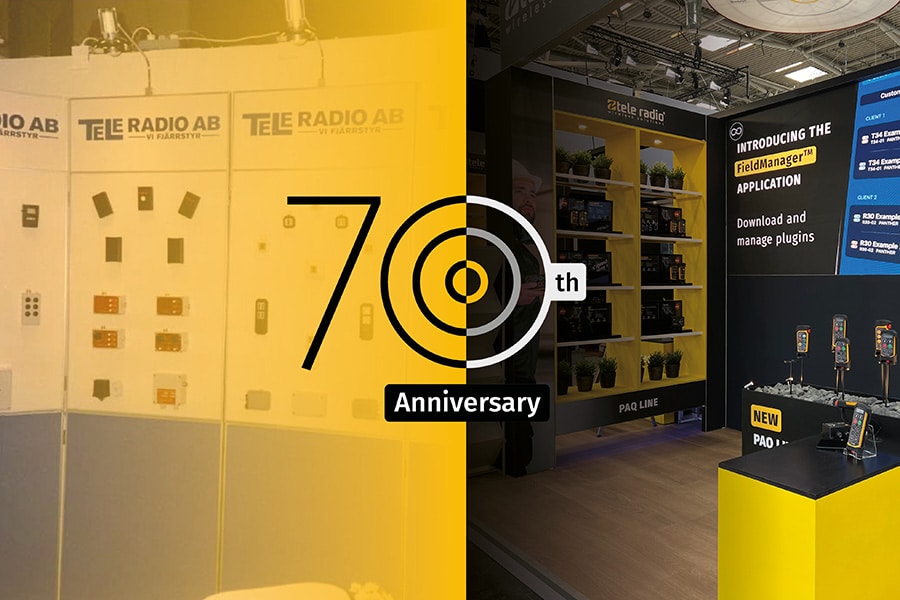
Smart integration strategy in testing TTI
A loop outside
Although at the time of writing the construction consortium BAAK is still busy with the immersion operation of the Maas Delta tunnel, the traffic and tunnel technical installations of the A24 Blankenburg connection are already being physically tested on site. This clever integration strategy with a loop outside the Maeslantkering saves a lot of time. An interview with Richard de Klerk, Manager TTI on the Blankenburg connection on behalf of Rijkswaterstaat, about this unique approach.

The sinking of the second and final tunnel section of the Maas Delta Tunnel is the final piece of the civil operation. It completes the new link, which from 2024 will connect the A20 near Vlaardingen with the A15 near Rozendaal. "All in all, it is also an interesting project from an installation point of view," De Klerk believes. "Because in addition to civil engineering, the traffic system must also be connected to the rest of the road network in the southwestern Netherlands. And the relatively short route also includes two tunnels. Although the Holland Tunnel is only half the length of the Maas Delta Tunnel, it is equipped with exactly the same facilities. It is thanks to the standardized tunnel law we have in the Netherlands. A great thing, because it leads to fewer discussions during design and construction. And we are making grateful use of that in this project."
One tunnel system
Because the new A24 is one continuous road, the profile of both tunnels is the same with both having three lanes in two tubes. "Verkeerstechnisch the route will soon be operated centrally from the Verkeerscentrale Zuidwest-Nederland, and locally if necessary from the Dienstgebouw-Zuid at the Maas Delta Tunnel," explains De Klerk. "Physically there are two tunnels, but traffic engineering-wise they are considered one tunnel system in one software environment." As mentioned, the tunnels will be implemented with exactly the same installations. "Given the civil progression, with the Holland Tunnel being completed earlier than the Maas Delta Tunnel, it was decided to build and test the installations in the land tunnel first, and after the summer the identical installations in the immersion tunnel." The software environment for both tunnels will be housed in a computer room in the Maas Delta Tunnel Service Building-South.

Maeslantkering
The testing of the installations in the Holland Tunnel will take place from various locations. It will start with a temporary operating site at the Holland Tunnel and then testing will be done both from the Maas Delta Tunnel Service Building-South and from the traffic control center. "Since other tunnels are also operated there, we want to avoid inconvenience as much as possible with testing. Because the civilian part of the A24 is not yet completely finished, we are temporarily making a loop with the fiber optic network over the Maeslantkering via an existing network of the Department of Public Works," De Klerk clarifies. "That way it looks like we are going through the Maas Delta tunnel. That way, we can start and test all network facilities and equipment in the Holland Tunnel even before the immersion tunnel is ready, and save valuable time. Defects that occur now will be overcome and no longer occur when testing the Maas Delta tunnel. After all, they are identical systems."

The tests at the Holland Tunnel are currently in full swing. De Klerk: "Around the summer we are also already testing the traffic lights, emergency crossings and barriers in the tours to the Maas Delta Tunnel via the same loop. The expectation is that from October - November of this year we will be able to test the Maas Delta Tunnel and thus the entire A24 Blankenburg connection, obviously via the definitive network. We will then say goodbye to the loop outside."



